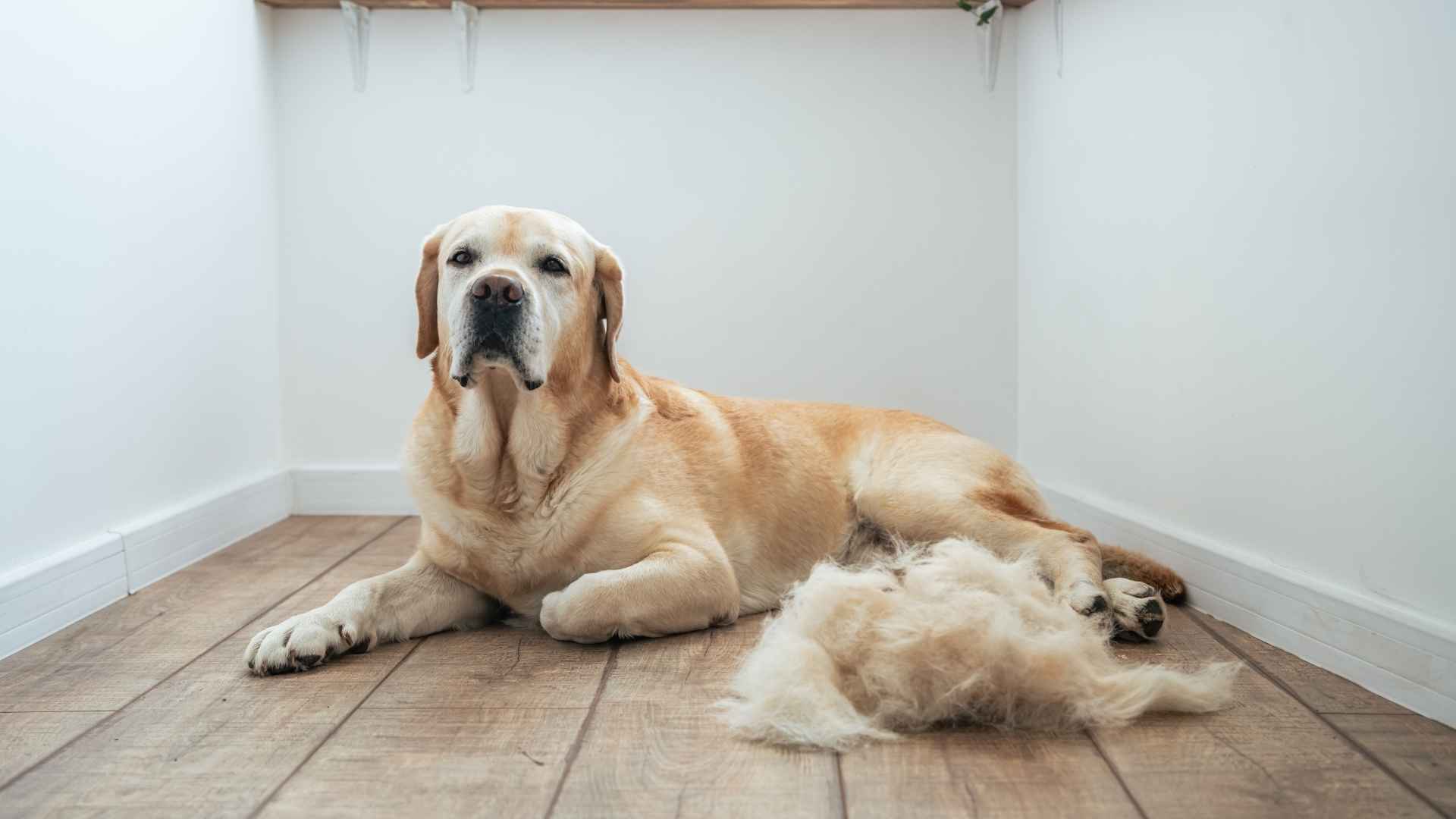Do you ever feel like no matter how much you vacuum, dog hair is everywhere? If you’re nodding, you probably have (or are thinking about getting) a heavy-shedding pup. Some dogs seem to shed nonstop, covering your floors, furniture, and even your clothes with a never-ending supply of fur. But why do some breeds shed so much more than others?
It all comes down to coat type, seasonal changes, and genetics. Double-coated dogs, in particular, are notorious for “blowing their coats” twice a year, leaving behind mountains of fluff. And some just shed consistently year-round, making lint rollers your new best friend.
Before you panic, there are ways to manage all that hair. Regular grooming, the right diet, and a few smart tricks can make life with a heavy-shedder much easier. Ready to find out which breeds are the biggest fur factories?
Let’s dive in!
Frequent Shedding Dog Breeds
1. Siberian Husky
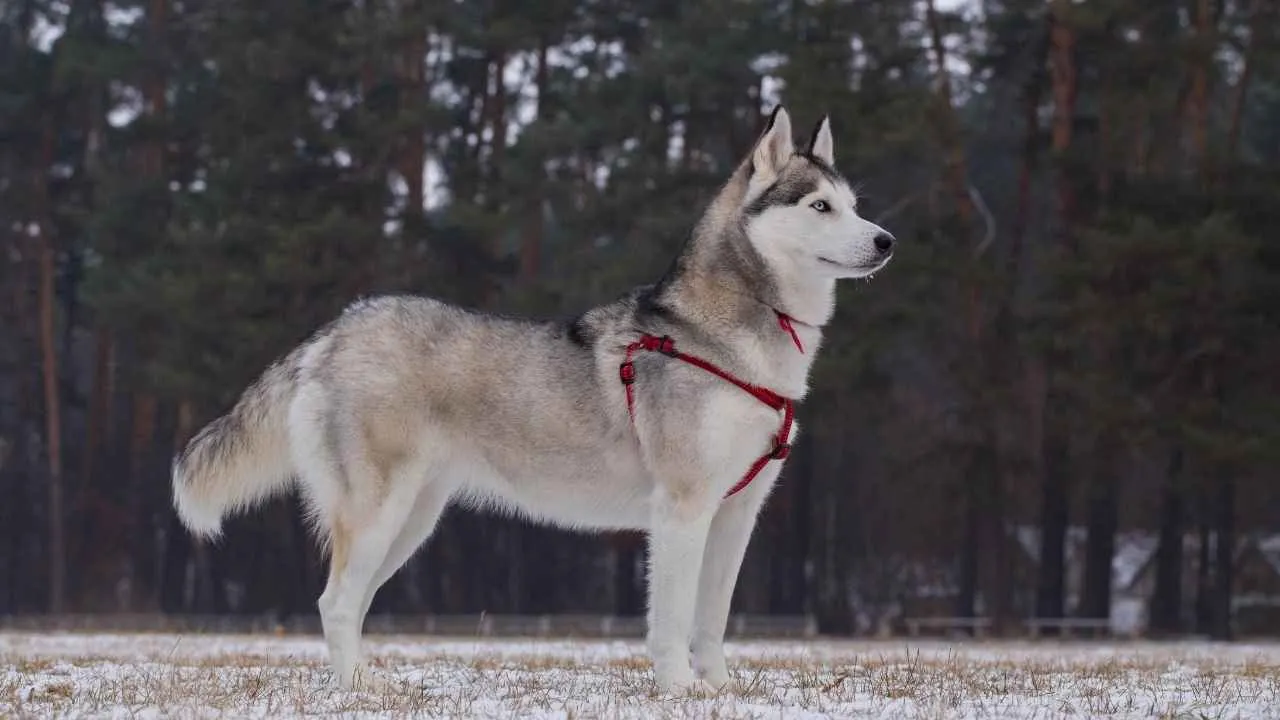
If you have a Siberian Husky, you know exactly what that’s like! These gorgeous, wolf-like dogs don’t just shed—they explode fur, especially when they “blow their coat” twice a year. They would replace your carpet with fur. You’ll even find fluff in places you didn’t even know existed!
According to the AKC, Huskies have a thick double coat to warm them in the harshest Arctic conditions. The dense undercoat is the real culprit behind their heavy shedding. When the seasons change, they dump that undercoat like there’s no tomorrow, leaving enough fur to stuff a mattress (or three).
Think shaving them will help? Nope! Their coat protects them from heat and cold, so trimming or shaving can damage their natural insulation. Instead, regular brushing—especially with an undercoat rake—is your best bet to control the fluff storm.
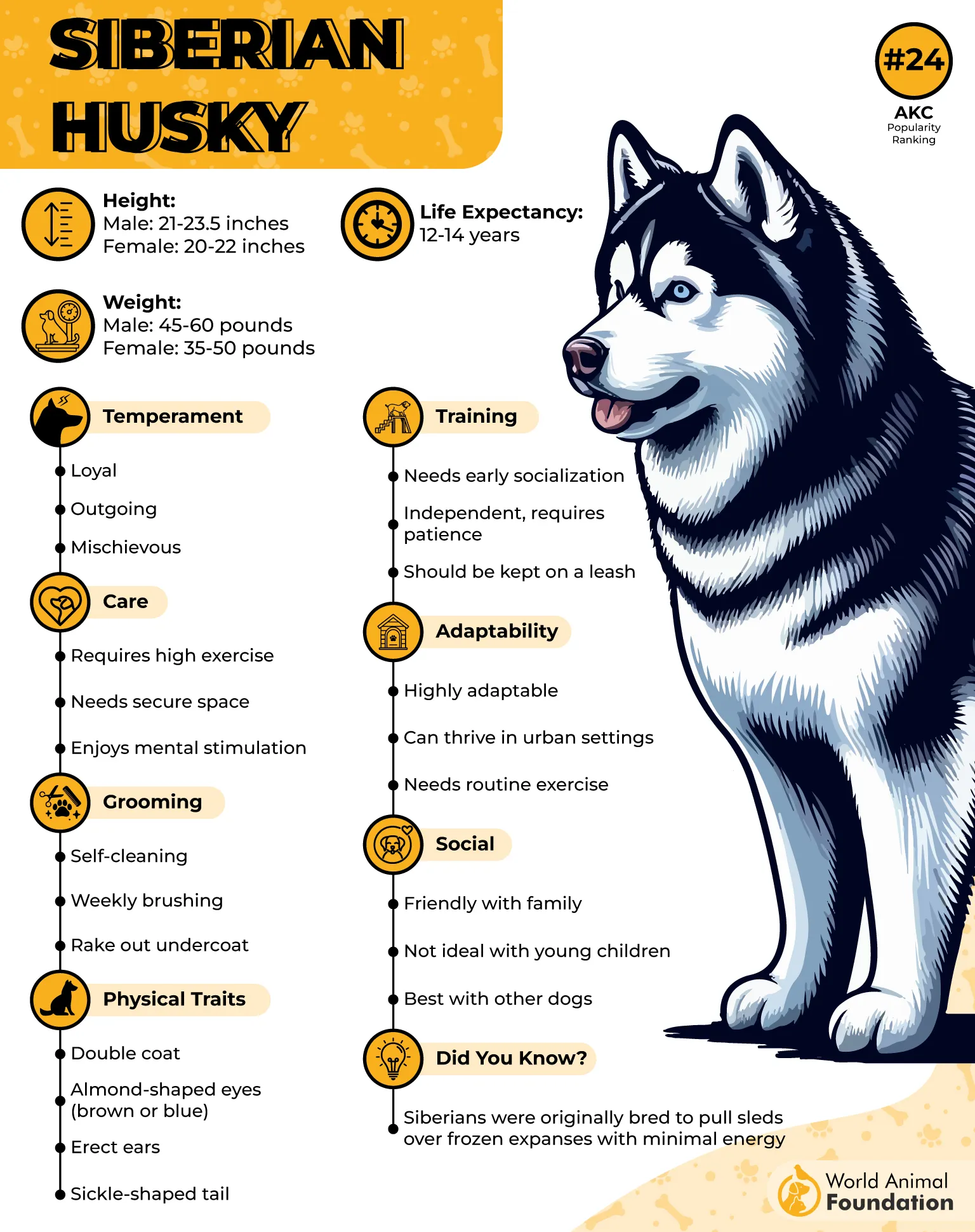
Surprisingly, Huskies don’t have that typical “dog smell” despite all the fur. Their coats are almost self-cleaning, repelling dirt and odors naturally. But be warned—when they do decide to roll in something nasty, a bath is inevitable (and they will act like you’re torturing them).
What about allergies? While Huskies aren’t hypoallergenic, they produce less dander than other heavy-shedding breeds. But if you’re allergic to dog hair, prepare for a challenge—because Huskies will share their fur with you whether you like it!
Fun Fact: Huskies can change their coat density based on the climate. A Husky in Alaska will have a much thicker coat than one in Arizona, but both will still shed like crazy!
2. Akita

With an Akita, you feel like an army of loose fur attacks your house. That’s not just a feeling—it’s your daily reality! These majestic Japanese dogs shed so much that you might wonder if they’re secretly cloning themselves in fur form. Twice a year, they “blow their coat” dramatically, covering every inch of your home in fluff.
Akita has a thick double coat that was designed for brutal winters and requires weekly brushing, says Purina. Their undercoat are soft and dense, while their outer coats are harsh and water-resistant. When shedding season hits, that plush undercoat comes out in clumps, and no sweeping seems enough. If you don’t brush them regularly, prepare for tumbleweeds of fur rolling through your house.
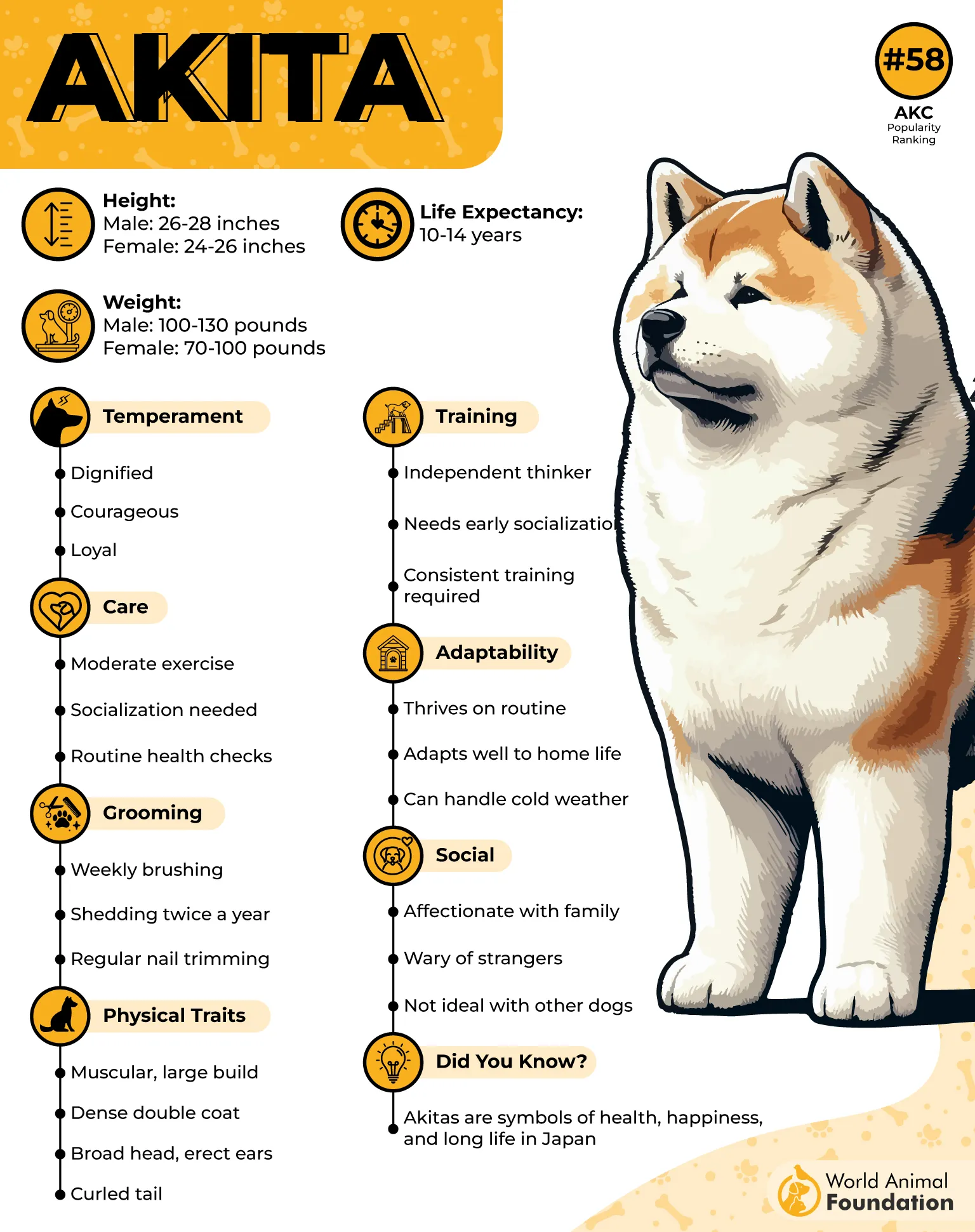
Thinking of skipping the brushing routine? Bad idea! Their loose fur can lead to painful mats without frequent grooming, and your vacuum might give up on life. A de-shedding tool and an undercoat rake are lifesavers for controlling their coat (and your sanity).
Despite their intense shedding, Akita are known for their meticulous grooming habits. Like cats, they clean themselves often, which helps keep dirt and odor at bay. But don’t be fooled—less bathing doesn’t mean less shedding. Their fur will find its way onto your clothes, couch, and probably even your food.
Do Akita shed year-round? You bet! While the major coat blowouts happen in spring and fall, expect a steady stream of fur no matter the season. If you’re looking for a low-maintenance dog, an Akita is not the way to go. But if you love them enough, you’ll learn to embrace the fur-covered lifestyle.
3. Golden Retriever
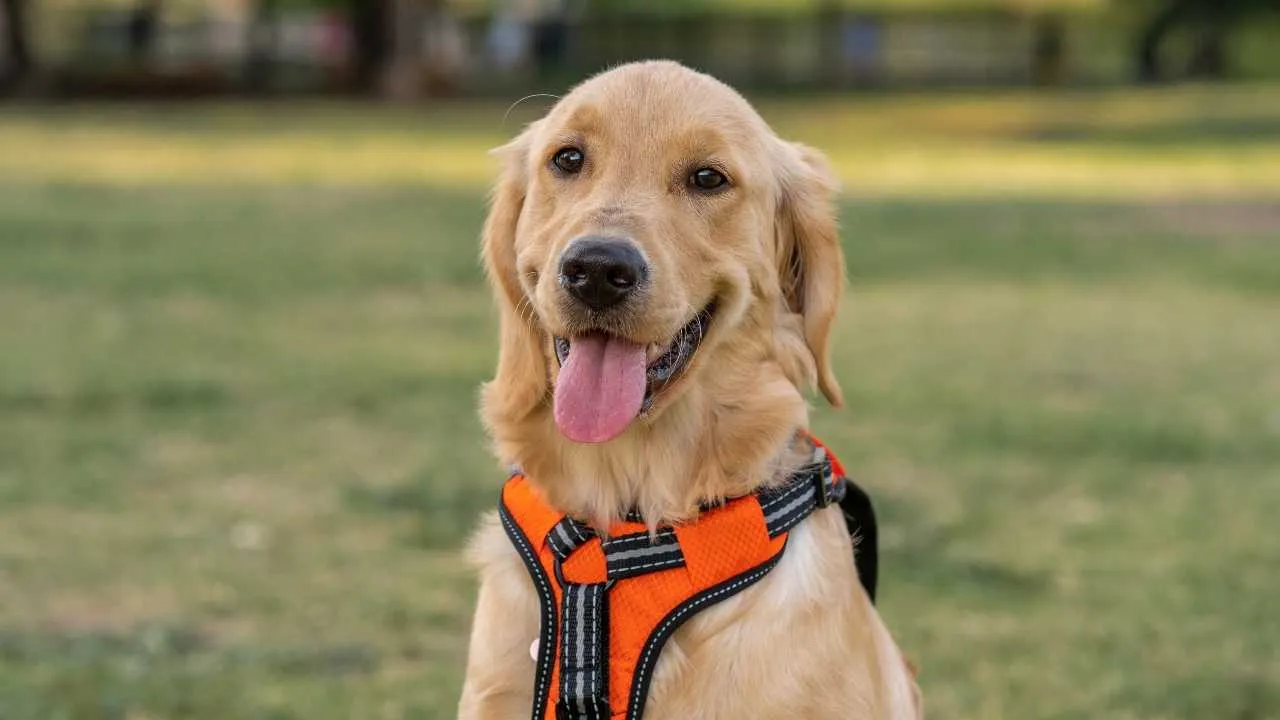
If you’ve got one of these lovable goofballs, you know the struggle is real. Their golden coats may be gorgeous, but they come with a never-ending supply of loose hair that sticks to everything—your clothes, your couch, and probably even your dinner.
VCA states that Golden Retrievers have a straight or wavy, dense double coat that keeps them warm in winter and cool in summer. But here’s the catch—their undercoat sheds like crazy all year. And just when you think you’ve got it under control, they hit you with coat-blowing season, where their fur practically falls out in sheets. Spring and fall? Absolute furpocalypse.
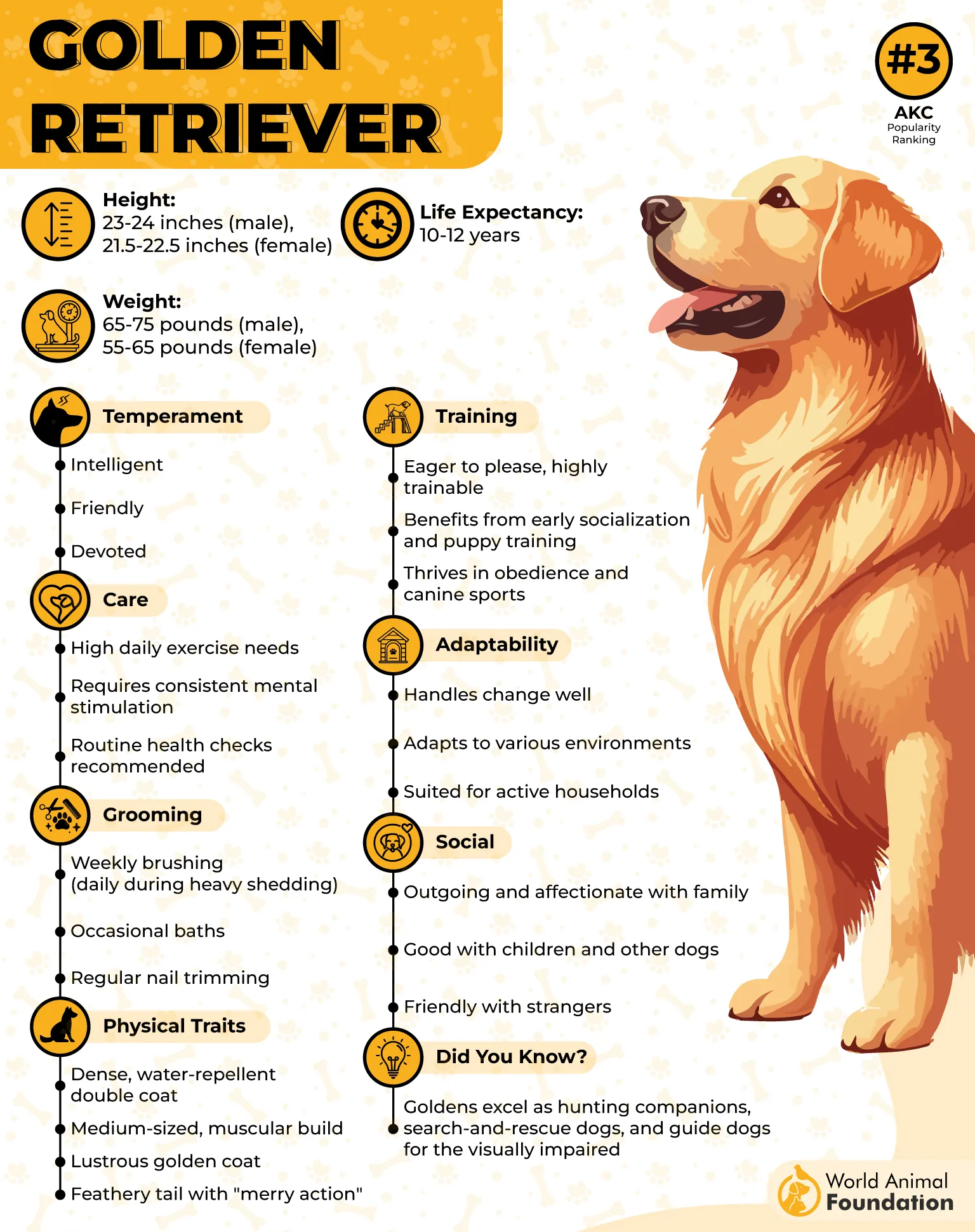
Goldens need frequent grooming—several times a week—to keep loose fur in check. A slicker brush and an undercoat rake are essential tools unless you enjoy vacuuming five times daily. And trust us, if you slack off, you’ll find yourself buried in golden fluff in no time.
Bathing helps loosen up dead hair, but don’t overdo it! Too many baths can strip their coat of natural oils, making their skin dry and itchy. Instead, focus on regular brushing, a high-quality diet, and the occasional de-shedding session to manage the never-ending fluff.
Ever wonder why Golden Retrievers shed so much? It’s all in their genetics! Bred as hunting dogs, their coats were designed to protect them in harsh weather and cold water. But while they may not retrieve ducks daily, their shedding instincts are still strong.
4. Great Pyrenees
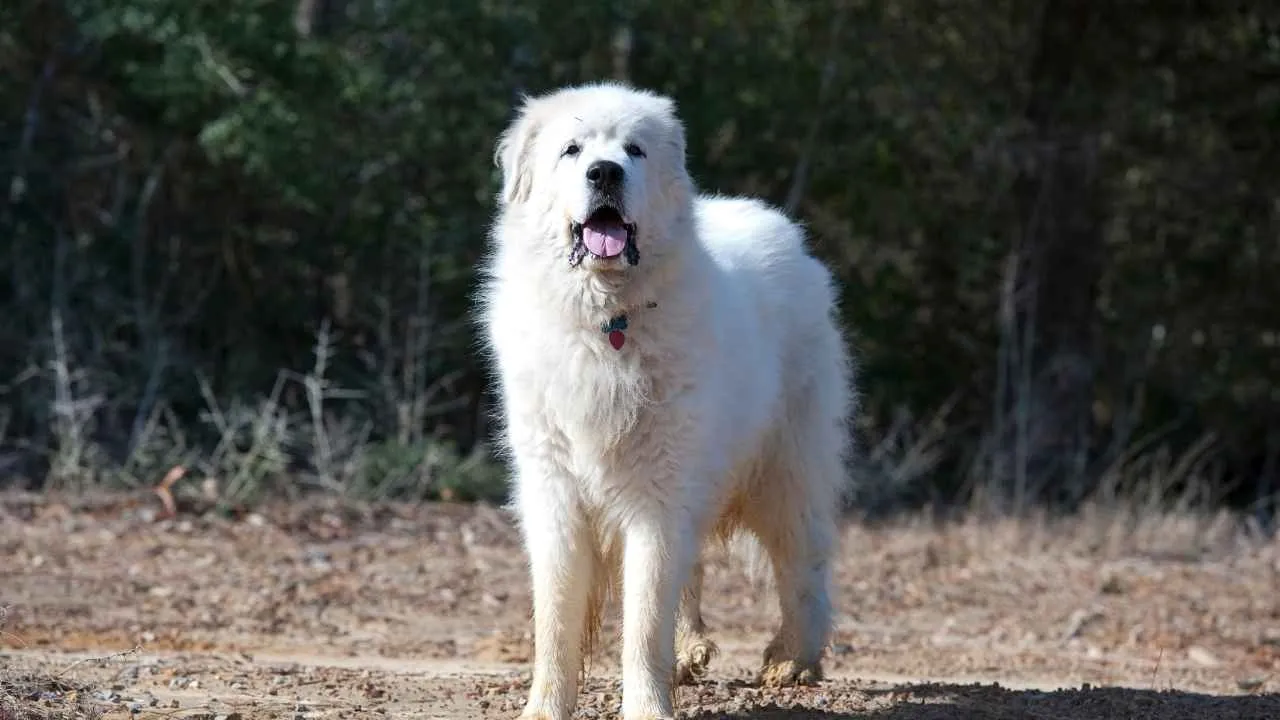
These bear-like, majestic dogs are notorious for their heavy shedding, leaving a trail of white fluff wherever they go. If you think vacuuming once a day is enough, think again! You’ll need an industrial-strength plan to keep up with their fluff storm.
Originally bred to guard livestock in the snowy Pyrenees Mountains, these dogs developed a dense, water-resistant outer coat and an ultra-soft undercoat, states Orvis. The problem? That undercoat never stops shedding, and twice a year, they “blow” it all at once, turning your home into a snow globe of fur.
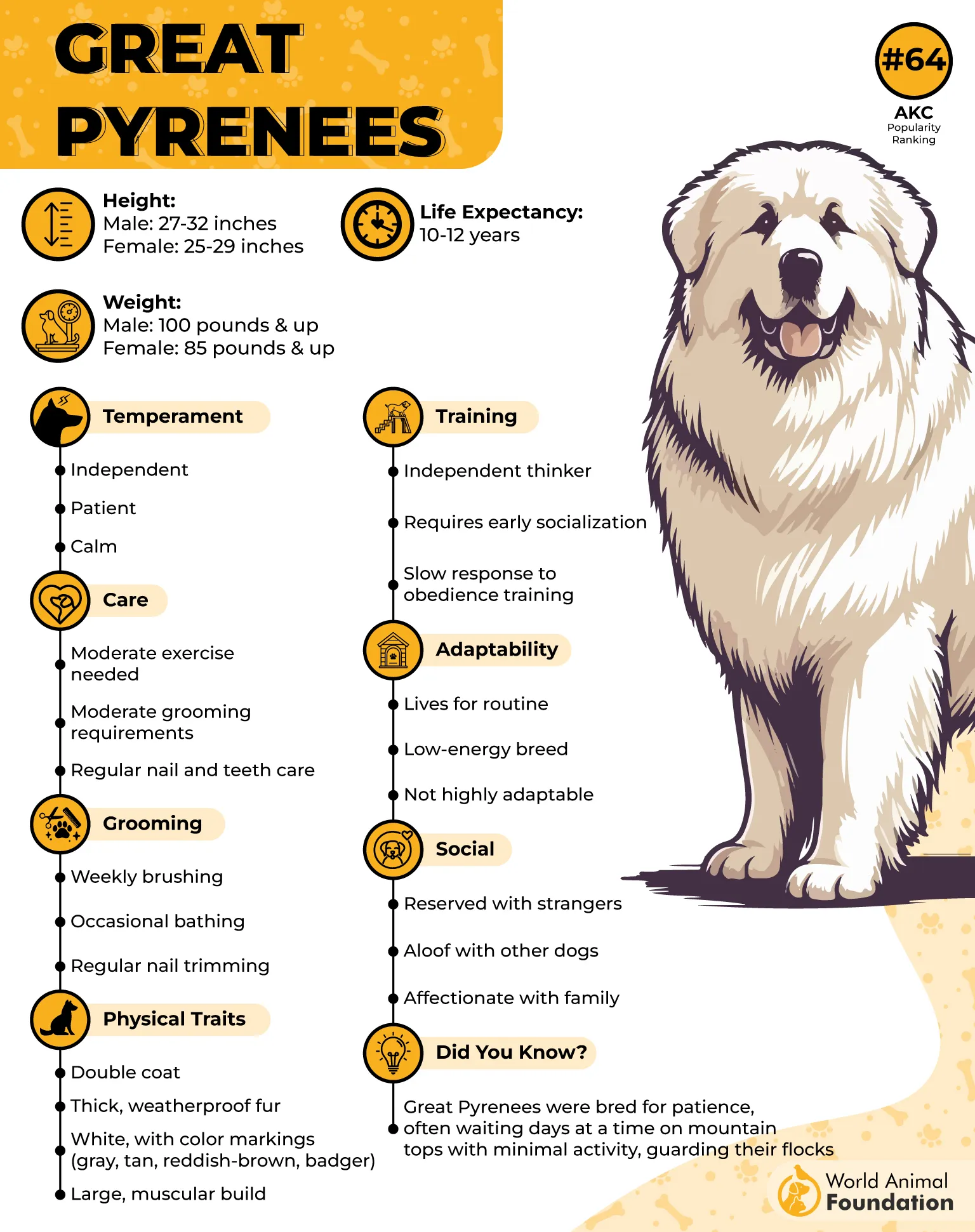
Thinking of keeping them outside to reduce shedding in your home? Nice try! Their coat adapts to different temperatures, so even indoor Pyrenees shed just as much. The only way to manage the fur avalanche is through regular brushing and accepting your fate.
Unlike some dogs that shed seasonally, Great Pyrenees shed year-round, with seasonal coat-blowing making it even worse. If you’re not prepared for a lifetime commitment to lint rolling, you might want to rethink your choice of dog.
Diet matters, too! A high-protein diet with omega fatty acids can keep their coat healthy and reduce excessive shedding. But no miracle food will stop the fluff factory entirely—this breed is genetically wired to shed. The best you can do is control the amount of hair floating through your house.
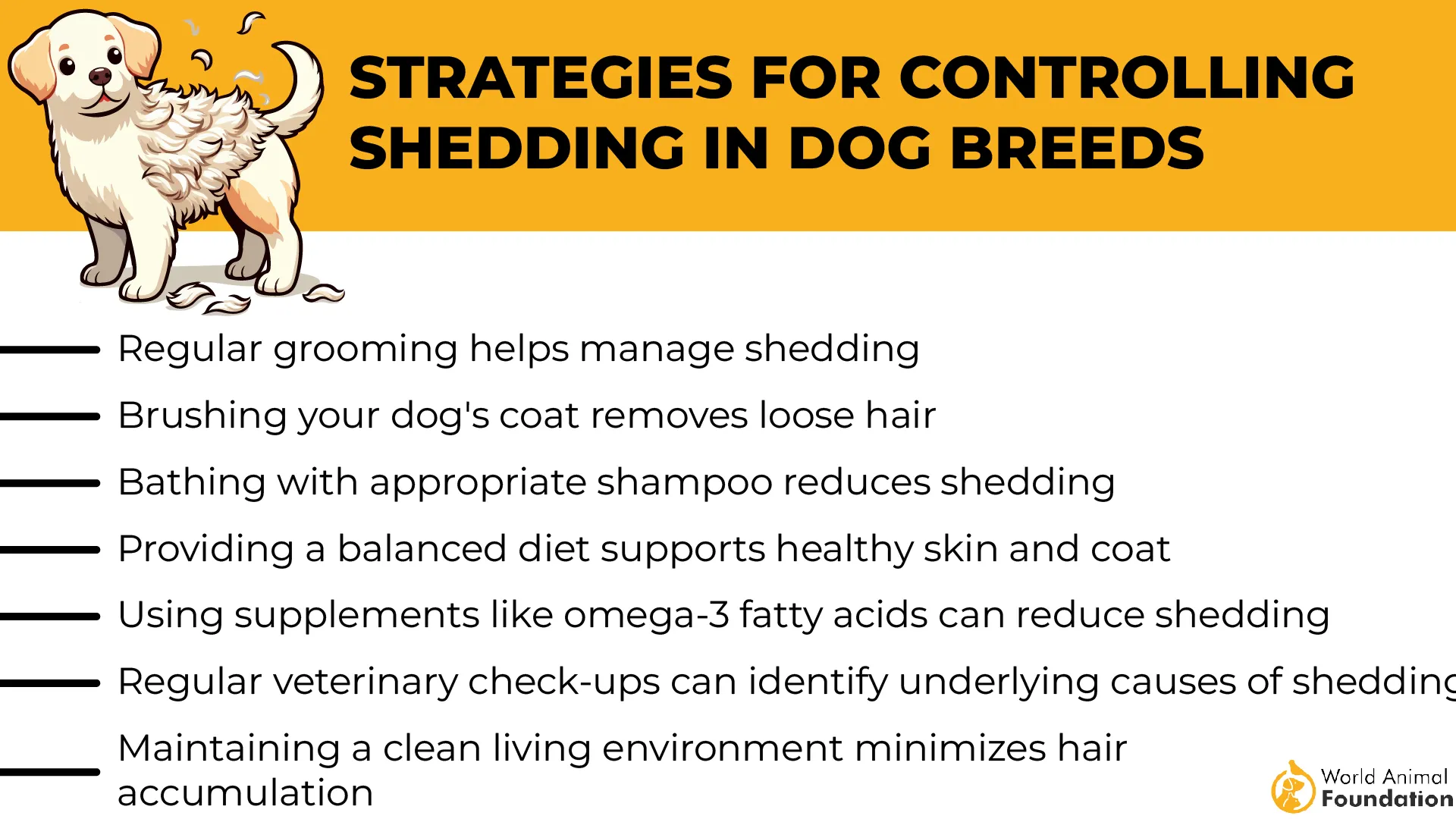
Here’s a fun thought—ever tried wearing black around a Great Pyrenees? You’ll look like you’ve been in a snowstorm within minutes! Light-colored furniture and clothing are your best defense, but let’s be real, fur will still find a way.
5. American Eskimo

These white, fluffy beauties are stunning—but their shedding is next-level. You won’t just find fur on your floors; it’ll be in your coffee, on your pillow, and probably stuck to your chapstick. You would feel like living inside a snow globe with one of these pups.
According to the AKC, the American Eskimo’s dense double coat was made for freezing temperatures, which means constant shedding to regulate body temperature. But the real nightmare begins during spring and fall when they “blow” their coat. That’s when fur comes out in clumps—like they’re trying to recreate a winter wonderland in your living room.
Think giving them a haircut will solve the problem? Nope! Shaving an American Eskimo can ruin its coat. Their fur helps regulate their body temperature; once it’s clipped, it may not grow back correctly. Instead of cutting, focus on brushing, brushing, and more brushing.
Why do they shed so much? Blame their ancestry! These dogs were bred from Nordic Spitz breeds that thrived in cold climates, meaning their thick fur was essential for survival. Even though they’re mostly family pets now, their coats haven’t gotten the memo. So, unless you’re living in the Arctic, expect lots—and we mean lots—of loose fur.
What’s the best way to deal with all that shedding? First, invest in a great vacuum. Second, keep lint rollers in every room. And third, embrace the fluff! No matter how much you brush, bathe, or clean, your American Eskimo will always leave a little piece of itself everywhere.
6. Bernese Mountain Dog
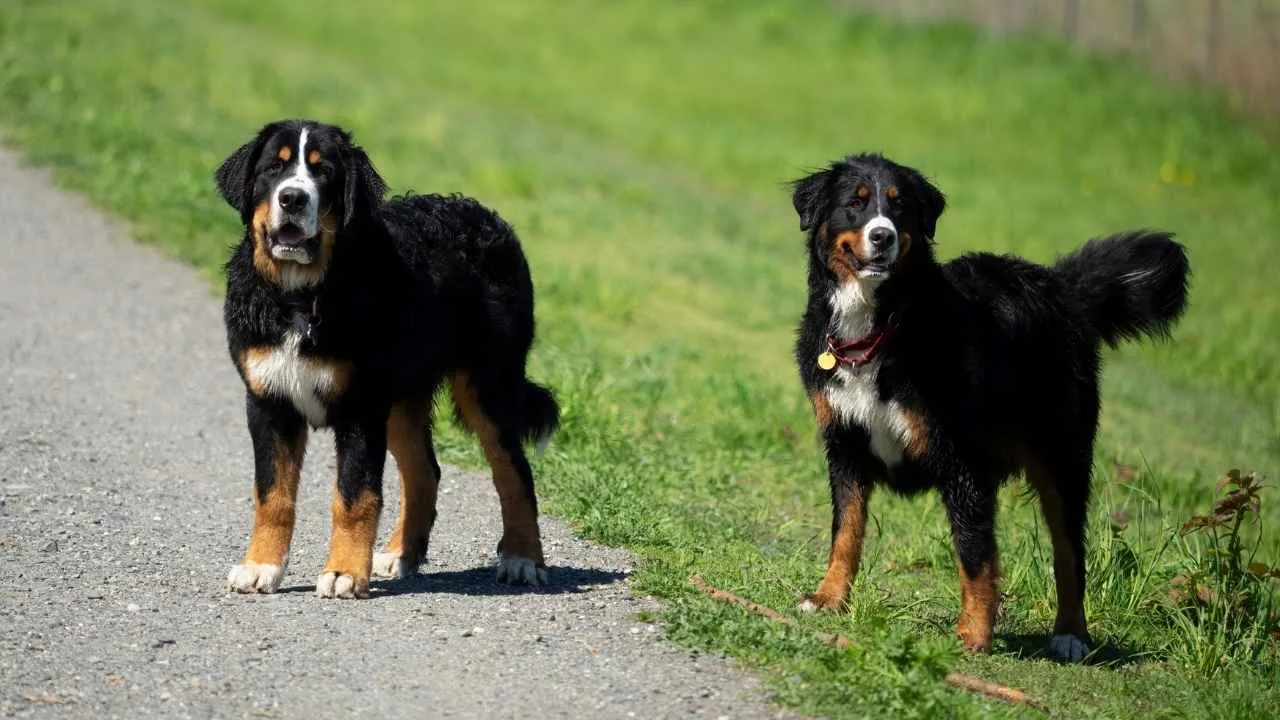
Owning a Bernese Mountain Dog can be a real struggle. These gentle giants are breathtaking with their thick, tri-colored coats, but they shed like there’s no tomorrow. You’ll find their fur everywhere—on your clothes, in your car, and even in places your dog hasn’t been.
According to the AKC, they have long double coats built for the Swiss Alps, designed to keep them warm in freezing temperatures. But that same coat also means non-stop shedding. Unlike some breeds that shed seasonally, Bernese Mountain Dogs shed year-round with extra-intense coat-blowing twice a year. That’s when their undercoat comes out in tufts, making your home look like a fur explosion.
Bathing them won’t stop the shedding, but it does help loosen dead hair before it ends up on your furniture. Don’t overdo it—too many baths strip their coat of natural oils, making their fur dry and brittle (and still just as messy). A good bath every few months, combined with regular brushing, keeps their coat in top shape.
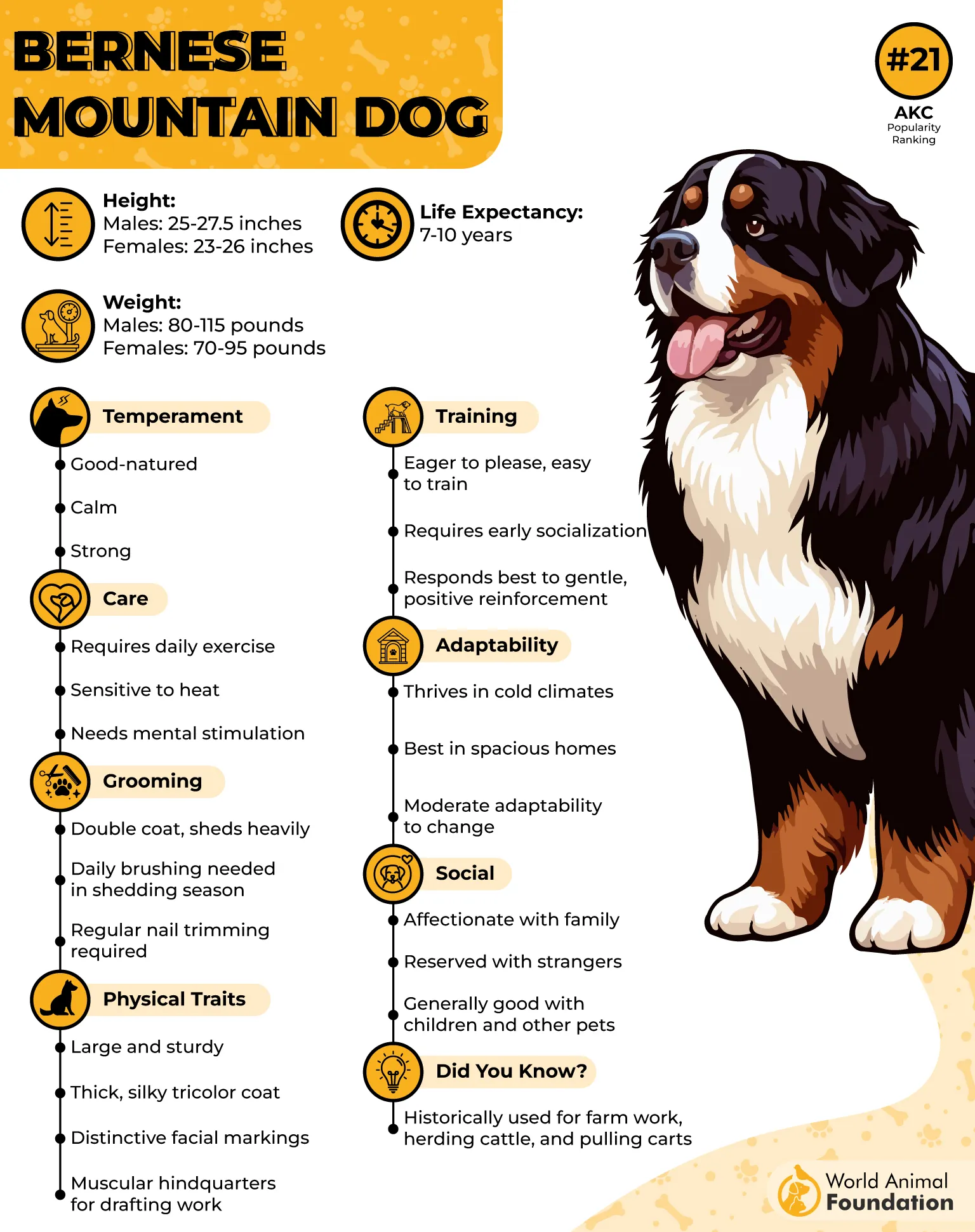
Bernese Mountain Dogs’ fur clings to everything. Their undercoat is soft and light; it floats through the air and sticks like Velcro. No amount of vacuuming will fully eliminate it, but keeping a lint roller in every room helps.
Shaving them to reduce shedding can be a big mistake! Their coat insulates them, keeping them cool in summer and warm in winter. Shaving can affect their natural temperature regulation and leave them vulnerable to sunburn. Brushing is the only real solution.
7. Alaskan Malamute
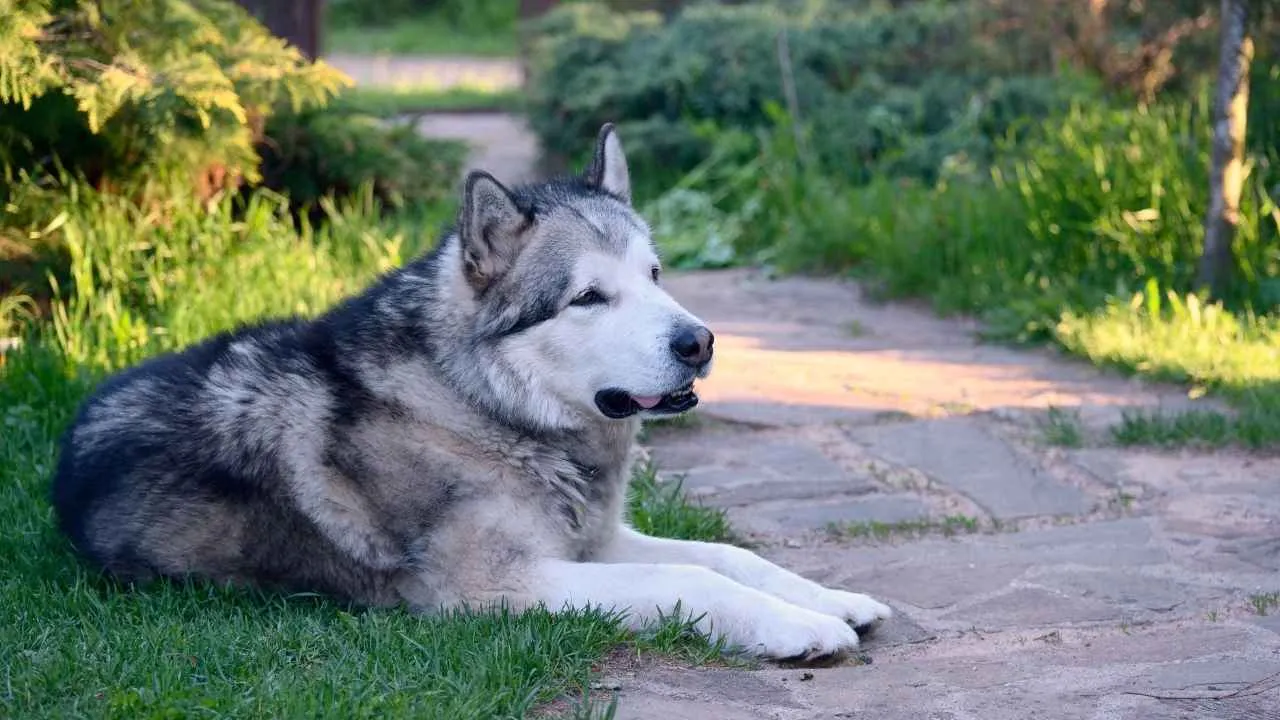
To live with an Alaskan Malamute is like living with a snowstorm indoors. These powerful, wolf-like dogs have one of the thickest double coats out there, and they shed like it’s their full-time job. Their fur doesn’t just fall—it explodes off them, covering everything in sight.
According to Britannica, Malamutes have a dense undercoat that traps warmth, but when temperatures rise, that insulation has to go. Twice a year—spring and fall—they go through a shedding event so intense it’s called “blowing their coat.” You’ll find fur in every corner of your house, floating in the air, and probably in your morning coffee.

Think daily brushing is enough? Think again. These dogs require heavy-duty grooming with an undercoat rake, a slicker brush, and patience. Miss a few days? Get ready for fur mats the size of small dogs. A high-velocity dryer after baths can help blast out loose hair before it takes over your home.
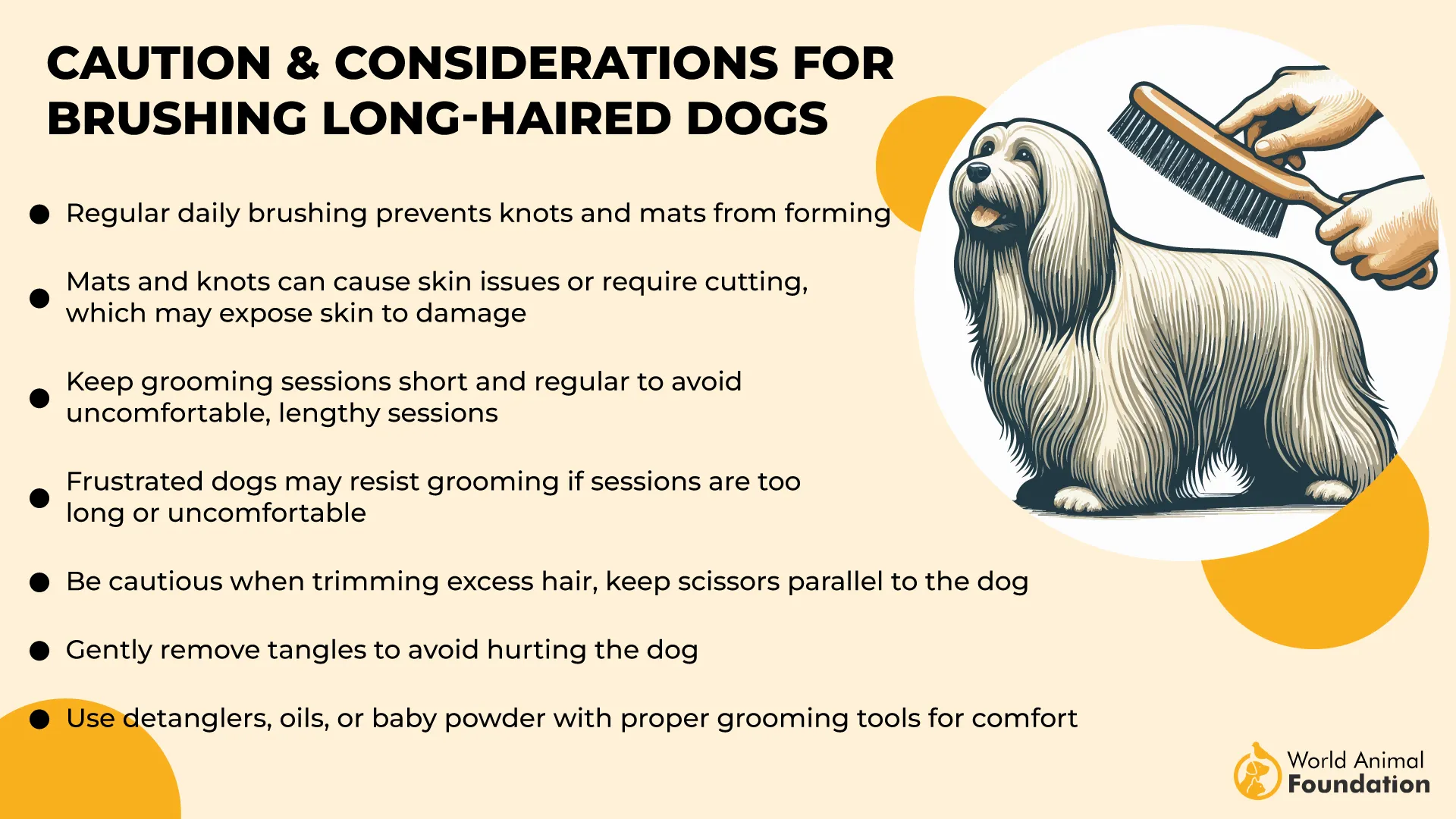
Bathing a Malamute won’t stop the shedding, but it can help loosen dead fur before it ends up everywhere. Don’t overdo it—too much washing strips their coat’s natural oils, making it dry and less effective at repelling dirt and debris. Your best bet is a good bath every couple of months, paired with constant brushing.
Tried vacuuming while your Malamute is shedding? It feels like a losing battle. No matter how much you clean, the fur keeps coming. The best trick? Invest in a serious vacuum cleaner and get used to finding hair in places you never expected. Malamute owners joke that their dogs shed twice a year, for six months at a time.
8. Labrador Retriever
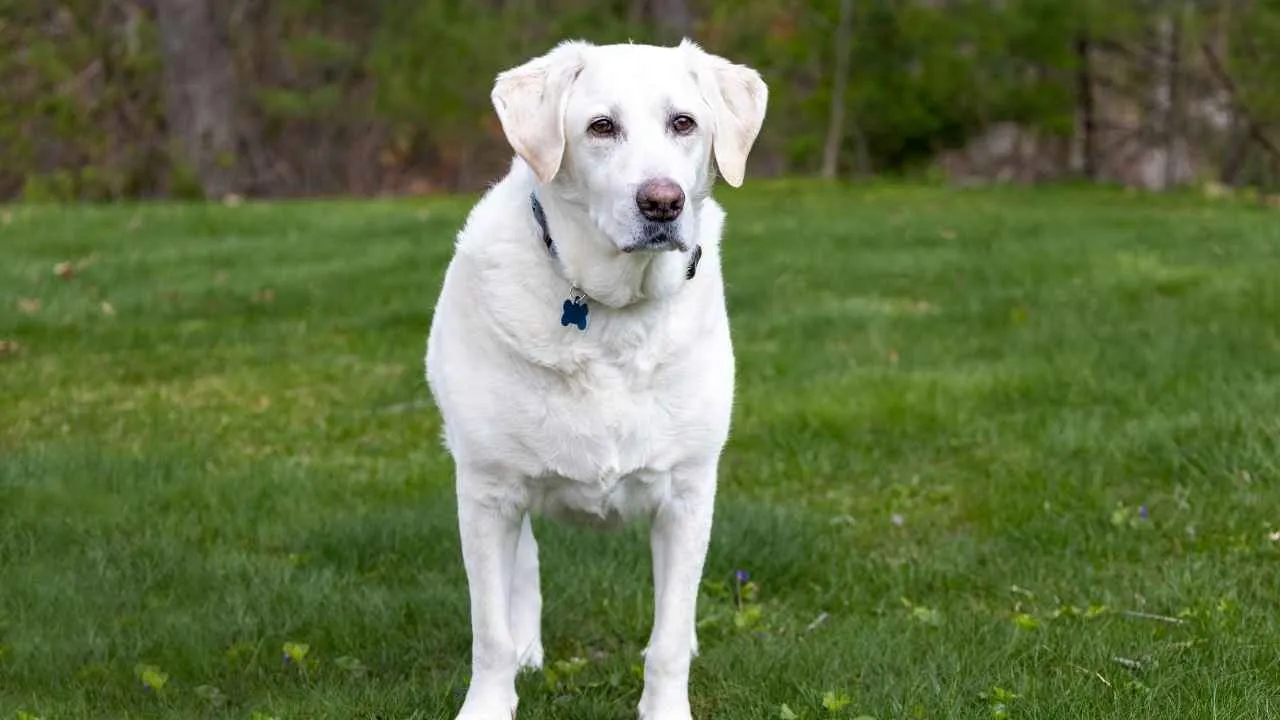
Think Labs has short, low-maintenance coats? Think again! These lovable goofballs may not have the fluff of a Malamute or a Bernese, but their shedding game is next-level. Their dense, double-layered coat constantly releases fur, meaning you’ll never truly have a fur-free home if you have a Lab.
Unlike some breeds that only shed seasonally, Labradors are year-round fur factories. But things get out of control twice a year—spring and fall. Their undercoat blows out in massive amounts, leaving fur on your floors, clothes, and even places your dog hasn’t been.
Regular brushing is non-negotiable if you want to keep the shedding in check. A good deshedding tool or undercoat rake will make all the difference. Skipping a few days? Get ready for fur tumbleweeds rolling across your living room. Brushing 3-4 times a week is ideal, but daily grooming is a must during peak-shedding seasons.
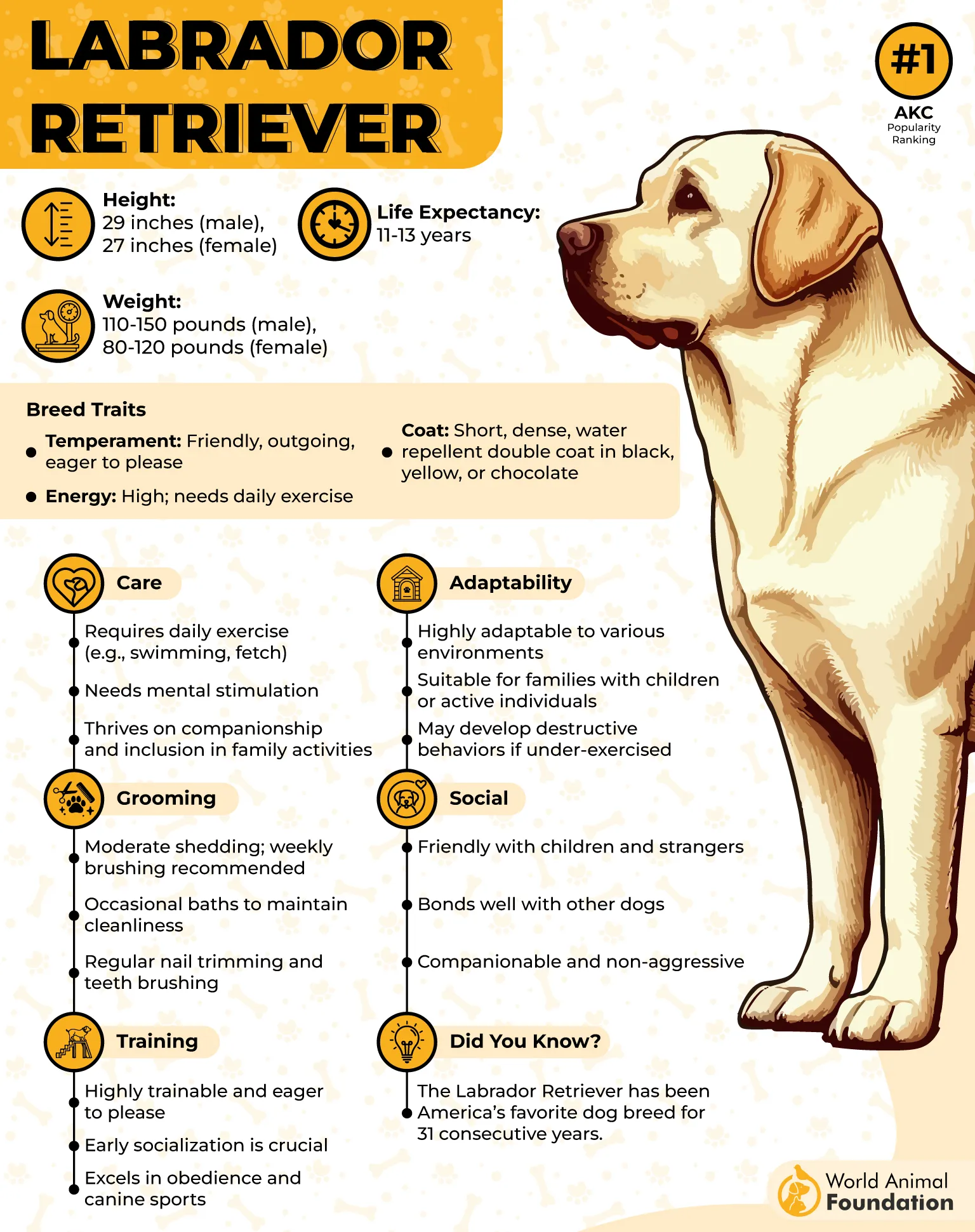
Does bathing help? Somewhat. A good bath loosens dead hair, but it won’t stop shedding. WebMD states that Labradors have a waterproof coat, meaning excessive bathing strips their natural oils, leading to dry skin (which can increase shedding). Stick to occasional baths and let brushing do the heavy lifting.
And let’s clear up a common misconception: Shaving won’t help! Labs rely on their coat for temperature regulation. It insulates them from heat and cold, so removing it just worsens things. Instead of shaving, keep up with brushing and use a damp cloth to wipe down excess fur.
9. Chow Chow

Chow Chow looks like a real-life teddy bear. This is an ancient breed with a legendary amount of fur. But here’s the catch: that adorable fluff comes with insane shedding. If you bring a Chow Chow into your home, get ready for fur everywhere—on your floors, furniture, clothes, and even floating through the air like tiny, fluffy tumbleweeds.
The rough- and smooth-coated Chows have a profuse double coat and require regular grooming, states AKC. But when the seasons change? That dense undercoat has to go. Twice a year, they blow their coat in the most dramatic way possible—fur comes out in clumps so big you’ll wonder if your dog is shedding an entire extra Chow Chow.
Think brushing a few times a week is enough? Nope. These fluffy lions need daily brushing, especially during peak shedding seasons. A slicker brush and an undercoat rake are your best weapons against the fur invasion. Miss a few days? Be prepared for mats the size of golf balls.
Ever walked through your house and found Chow fur in places your dog hasn’t even been? It’s like their fur has teleportation powers. If you own a Chow, a heavy-duty vacuum cleaner isn’t a luxury—it’s a necessity. And forget about wearing black unless you enjoy looking like a walking furball.
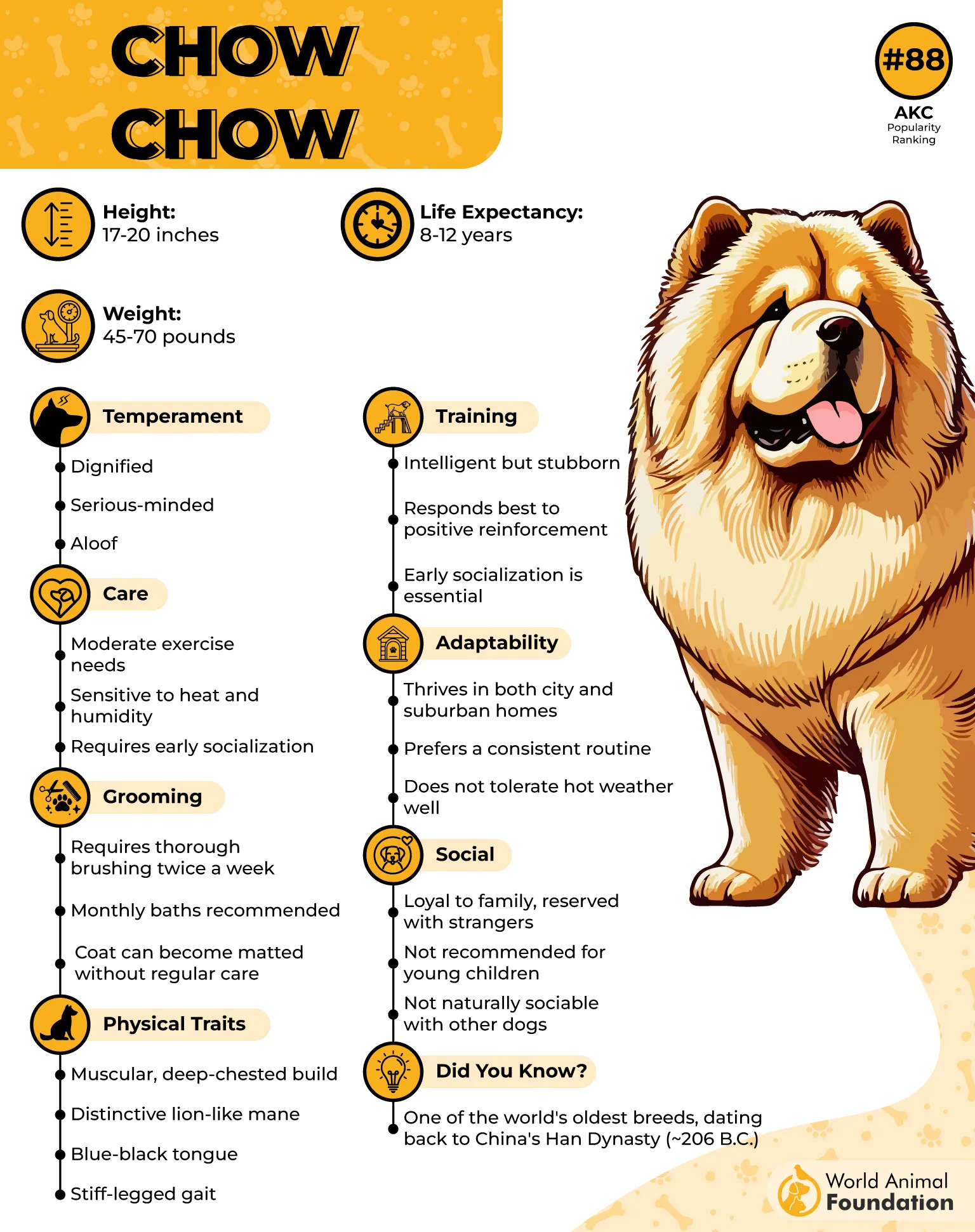
Bathing a Chow Chow can help remove loose fur, but good luck getting them dry! Their thick coat traps water like a sponge, so unless you have a high-velocity dryer, you’ll be dealing with a damp, shedding mess for days. The trick? Please thoroughly brush them before and after the bath to prevent mats.
Conclusion
Owning a frequently shedding dog breed comes with both rewards and challenges. Dogs shed as part of a normal process, but excessive shedding in double-coated breeds like the Labrador Retriever, Golden Retriever, and German Shepherd requires commitment. These dogs shed year-round, and during the shedding season, their thick double coat releases damaged hair to make way for new growth. Pet parents must be prepared for heavy shedding, especially in sled dogs such as the Alaskan Malamute and Siberian Husky, which were bred to survive in icy lands.
Managing dogs that shed involves regular grooming and brushing to remove loose fur and keep the dog’s coat healthy. Grooming tools like a brush help control pet hair on furniture, especially in dog breeds that shed excessively, such as the Bernese Mountain Dog, Saint Bernard, and Chow Chows.
For successful dog ownership, it’s crucial to understand coat type, seasonal variations, and effective ways to manage shedding in dog breeds. Whether you have a Great Pyrenees, Akita, or Labrador, their year-long shedding can be controlled with the right approach. Bathing helps, but over-washing may strip the undercoat, leading to more hair loss. Keeping a clean house while living with a great companion like these breeds requires patience, but these dogs’ love and loyalty make it all worthwhile. Most dogs shed, but you can keep your home clean and your furry friend happy with the right care!


